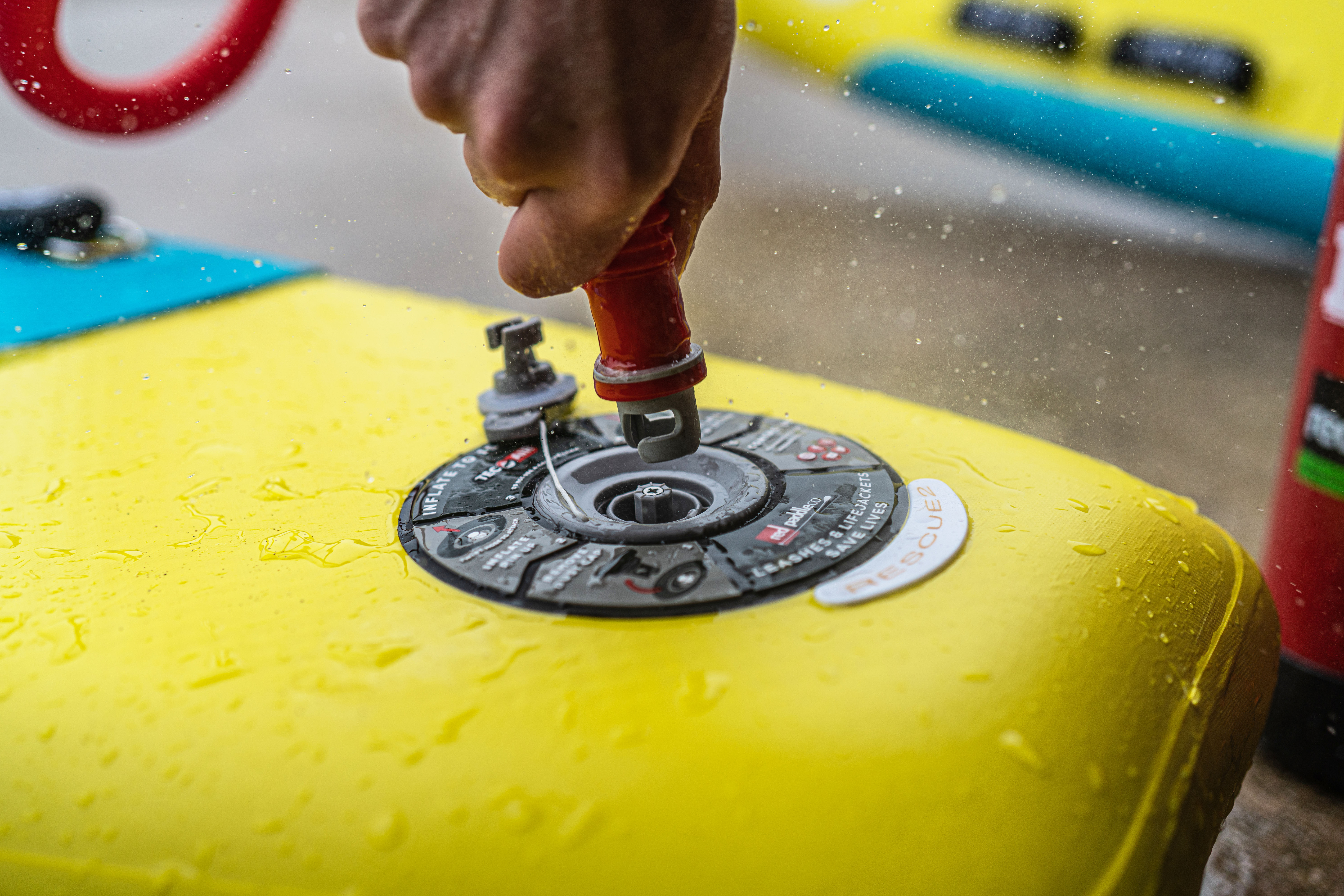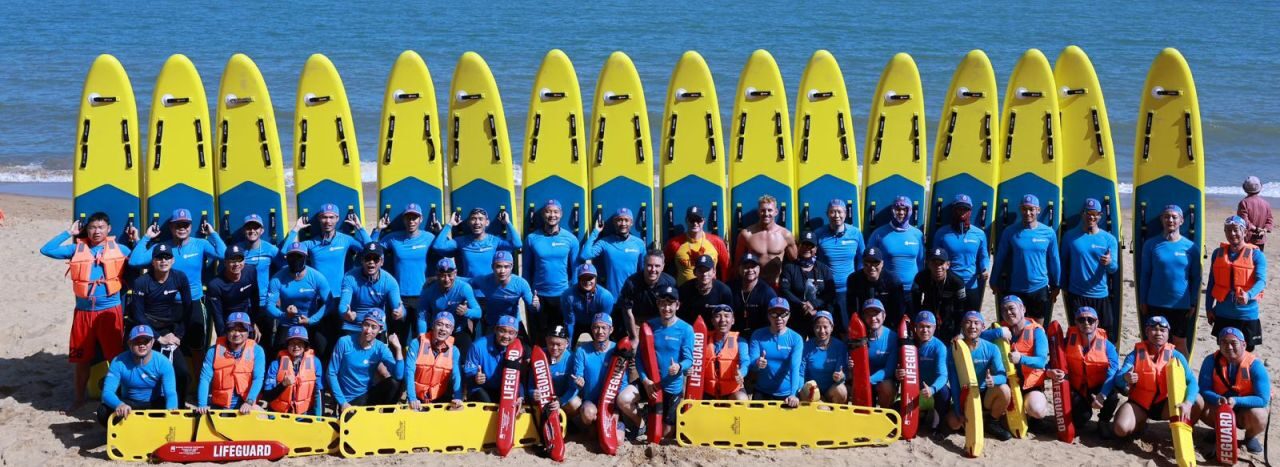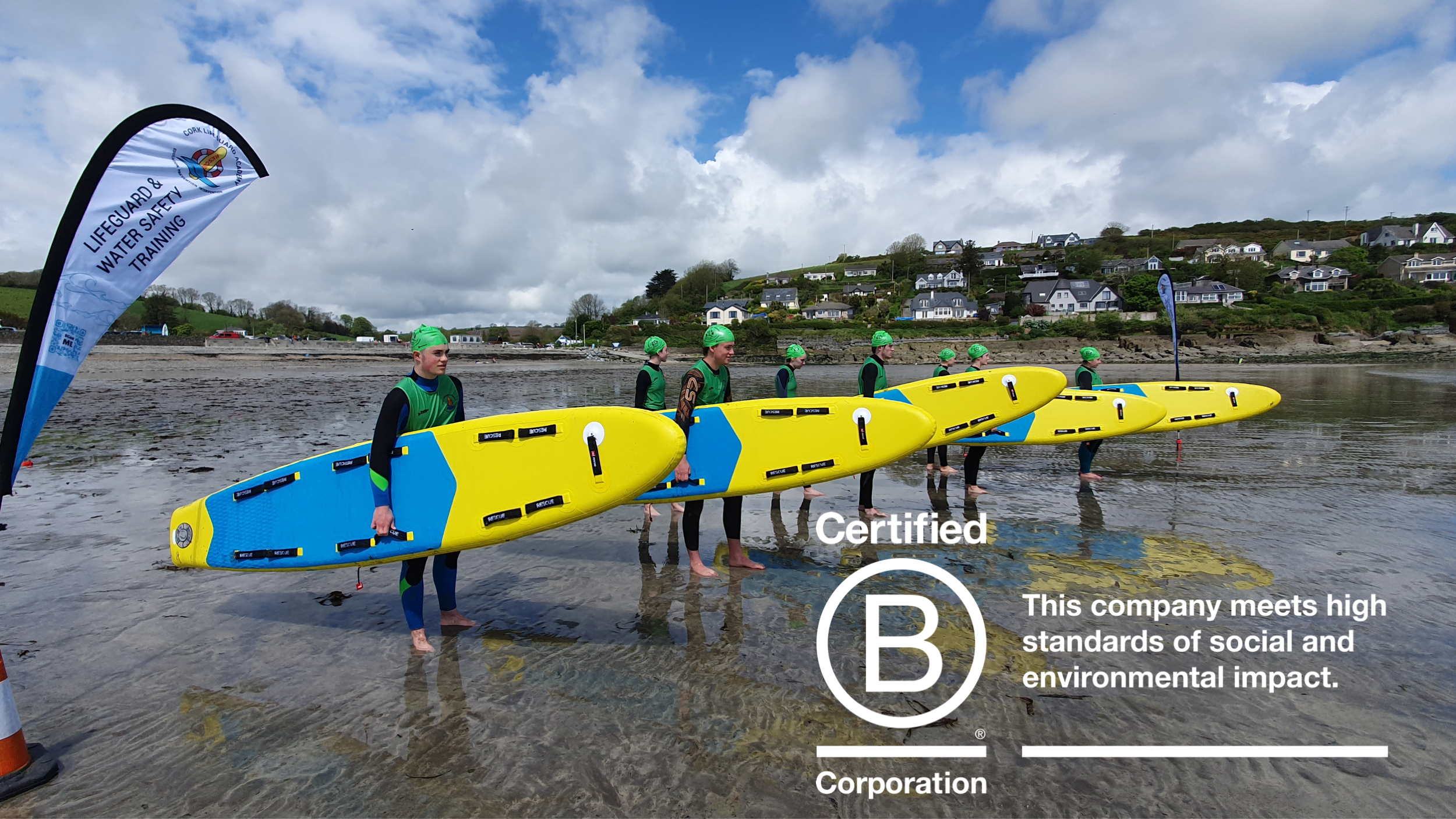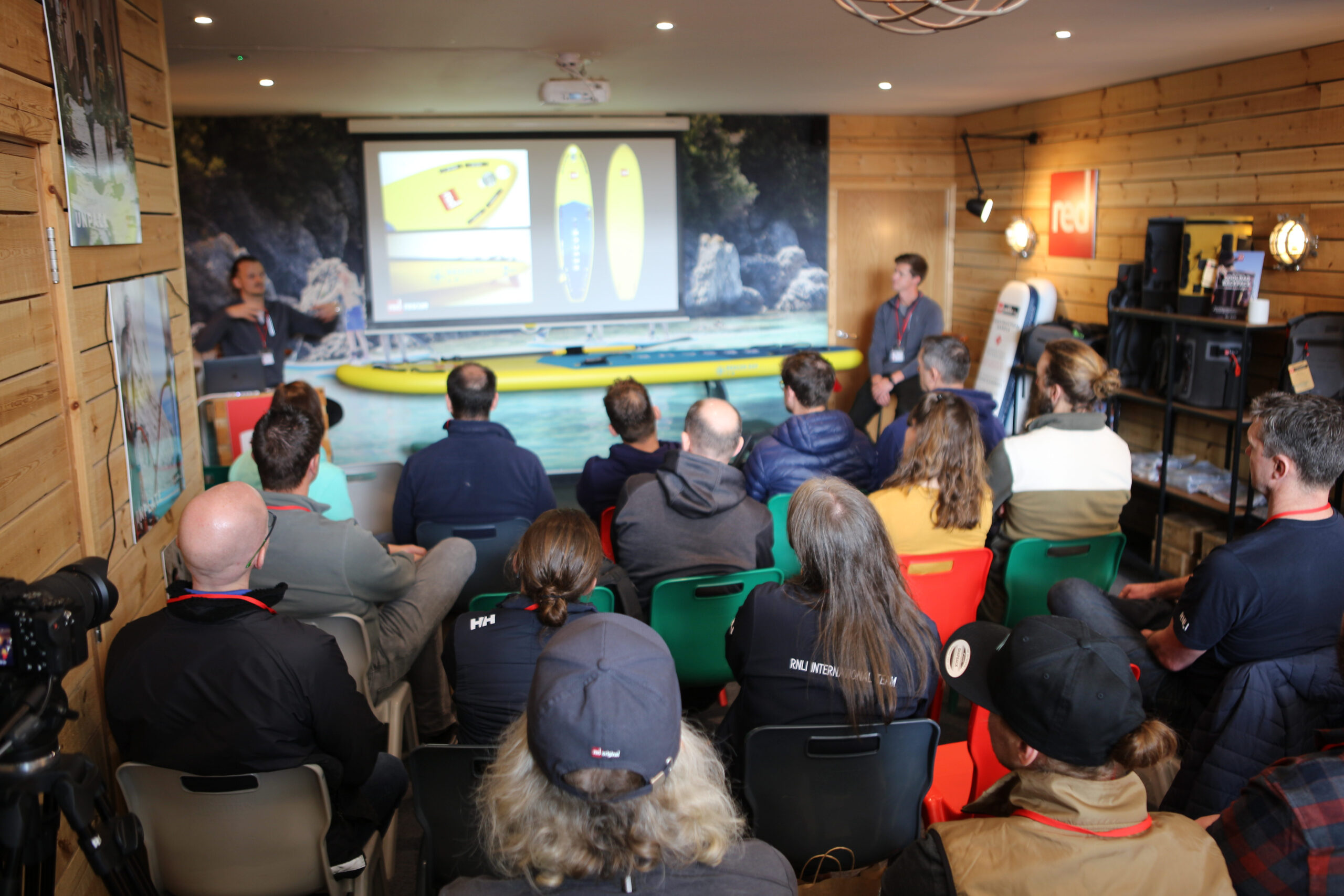If you haven’t been living under a rock for the last year (hats off to you if you have), you will of at least heard some rumblings of the new A.I. software revolutionising our world. For anyone who isn’t up to speed with how they work: the likes of ChatGPT have been fed all the written text on the internet. They then use this as source material to create a hyper-advanced version of the auto-complete that helps you finish off sentences in texts and email. How does all this relate to our range of Inflatable rescue boards you ask? Well….
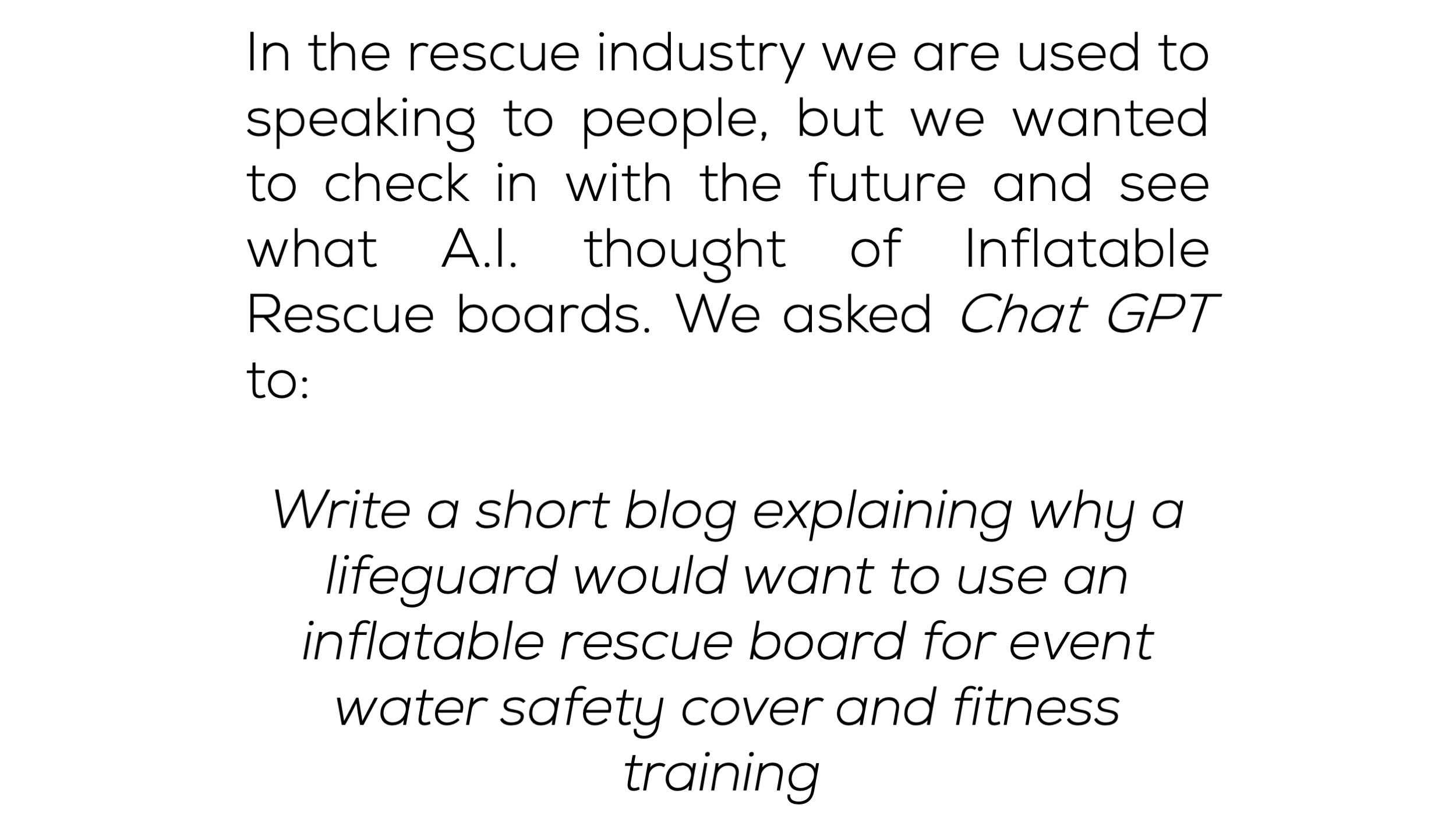
The Versatile Inflatable Rescue Board: A Lifeguard’s Ideal Companion for Water Safety and Fitness Training
When it comes to ensuring water safety during events and maintaining peak fitness, lifeguards require reliable and versatile tools. Traditionally, fiberglass rescue boards have been the go-to choice, but advancements in technology have introduced a game-changer: the inflatable rescue board. In this blog, we will explore why lifeguards are increasingly turning to inflatable rescue boards for event water safety cover and fitness training, citing their practicality, convenience, and overall effectiveness
1 – Portability and Ease of Use
Inflatable rescue boards offer unparalleled portability, making them an ideal choice for lifeguards on the go. Unlike their fiberglass counterparts, these boards can be deflated and stored compactly, making transportation a breeze. They can be easily carried in a backpack or stored in a lifeguard tower, saving valuable space and making them readily available when needed. This convenience ensures lifeguards can respond swiftly to emergencies and deploy water safety measures efficiently during events.
2 – Buoyancy and Stability
The inflatable rescue board’s buoyancy and stability are paramount to its effectiveness. The materials used in their construction are designed to provide optimal buoyancy, allowing lifeguards to glide effortlessly through the water, even with minimal effort. Additionally, the inflatable nature of the board provides a cushioned and stable platform, enhancing the lifeguard’s ability to perform rescues and provide support to individuals in distress without the fear of tipping over
3 – Enhanced Safety Features
The inflatable rescue board is equipped with a variety of safety features, adding to its appeal for water safety cover during events. Many models are designed with handles that aid in gripping, securing rescue lines, and even providing footholds for victims during a rescue. These features enable lifeguards to maintain a firm grasp on the board and provide support to multiple victims simultaneously, a crucial advantage during large-scale events.
4 – Durability and Impact Resistance
Contrary to what some might assume, inflatable rescue boards are far from flimsy. Technological advancements in materials have significantly improved their durability and impact resistance. Many models are crafted from heavy-duty PVC or other reinforced materials, ensuring that they can withstand rough handling, collisions with objects, or the impacts of rescue operations. This durability translates to a longer lifespan and reduced maintenance costs, making them a cost-effective investment for lifeguarding services.
5 – Fitness Training Benefits
Apart from their use in water safety, inflatable rescue boards are also gaining popularity among lifeguards as an effective tool for fitness training. The dynamic nature of inflatable boards challenges the lifeguard’s balance and core strength, engaging various muscle groups during paddling. Fitness routines involving paddling, balancing, and rescue simulations help lifeguards maintain peak physical condition, improving their overall performance during water safety operations.
6 – Environmental Impact
In an era where environmental consciousness is paramount, inflatable rescue boards offer an eco-friendly alternative to traditional fiberglass boards. Manufacturing processes and materials used in inflatable board production generally have a smaller carbon footprint compared to the energy-intensive processes involved in fiberglass manufacturing. Furthermore, the boards’ inflatable nature encourages longer use, as opposed to fiberglass boards, which may end up in landfills once they reach the end of their life span.
Conclusion
As we’ve seen, the inflatable rescue board is revolutionizing the way lifeguards approach event water safety cover and fitness training. Its portability, buoyancy, safety features, and durability make it a compelling choice over traditional fiberglass boards. Moreover, the environmental benefits they offer align with the increasing focus on sustainability in every aspect of life. For lifeguards seeking enhanced performance and efficiency in their duties, the inflatable rescue board is undoubtedly the perfect companion for ensuring water safety and maintaining peak physical fitness.

